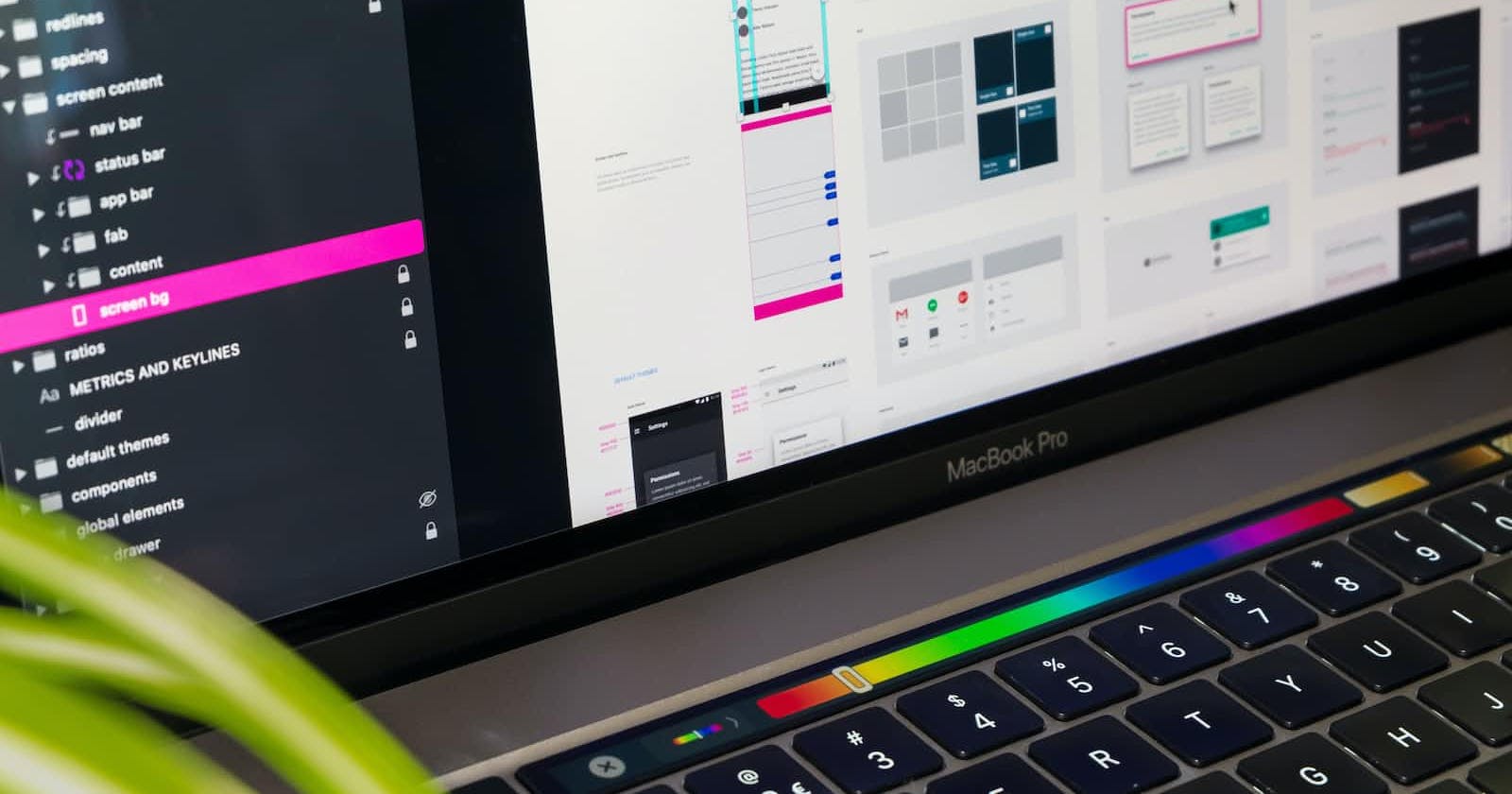
Steps in UI/UX Design & Web Development
The UI/UX design process typically involves a series of steps that web developers go through in order to create an engaging experience for users.
UI/UX design is an important part of the web development process. UI/UX design is focused on creating an enjoyable and efficient experience for users when they visit a website. It includes a combination of graphic design, user interface design, and user experience design elements.
1. Research and Analysis: The first step of the UI/UX design process involves researching the target audience and the goals of the website. It also involves understanding the user journey and the different components of the website.
2. Identify User Needs: The next step is to identify the user needs and goals for the website. This involves researching the target audience to understand what they need and want from the website.
3. Develop Wireframes: After understanding the user needs and goals, designers develop wireframes that outline the structure and functionality of the website. This includes defining the navigation, page structure, and other key components.
4. Prototype: The next step is to create a prototype of the website. This includes designing the look and feel, navigation, and other user elements. The prototype allows users to interact with the website and provide feedback on the design.
5. Design: Once the prototype is created, designers can begin the process of designing the look and feel of the website. This includes creating the visual elements, typography, and color scheme.
6. Develop: The next step is to develop the website. This typically involves programming the website, refining the design, and adding content and other features.
7. Test and Refine: After the website is developed, it needs to be tested and refined. This typically involves testing the website with different users to ensure that the design elements are working as intended and that the user experience is enjoyable and efficient.
8. Launch: After testing and refining the website, it is ready to launch. This process involves publishing the website, promoting the website, and monitoring user feedback.
After the website is launched, it is important to continue to refine the website based on user feedback. This helps to ensure that the website remains an enjoyable and efficient experience for users.
